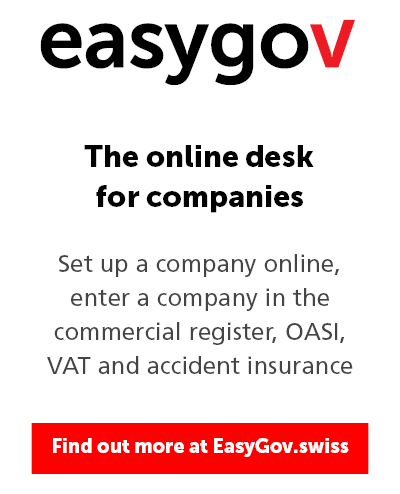Above all, a business plan is an instrument which describes the resources needed to bring a business idea to life.
A business plan provides information about a company’s past, present and future. It contains declarations, the market situation, the actions planned and financial requirements.
First, the document introduces the management, in broad strokes, along with the underlying ideas and objectives. Only then will readers—potential partners and investors—be able to get a detailed overview of the risks and opportunities of the business.
A business plan is also recommended when a business is on the verge of expanding or when it depends on the support of partners.






